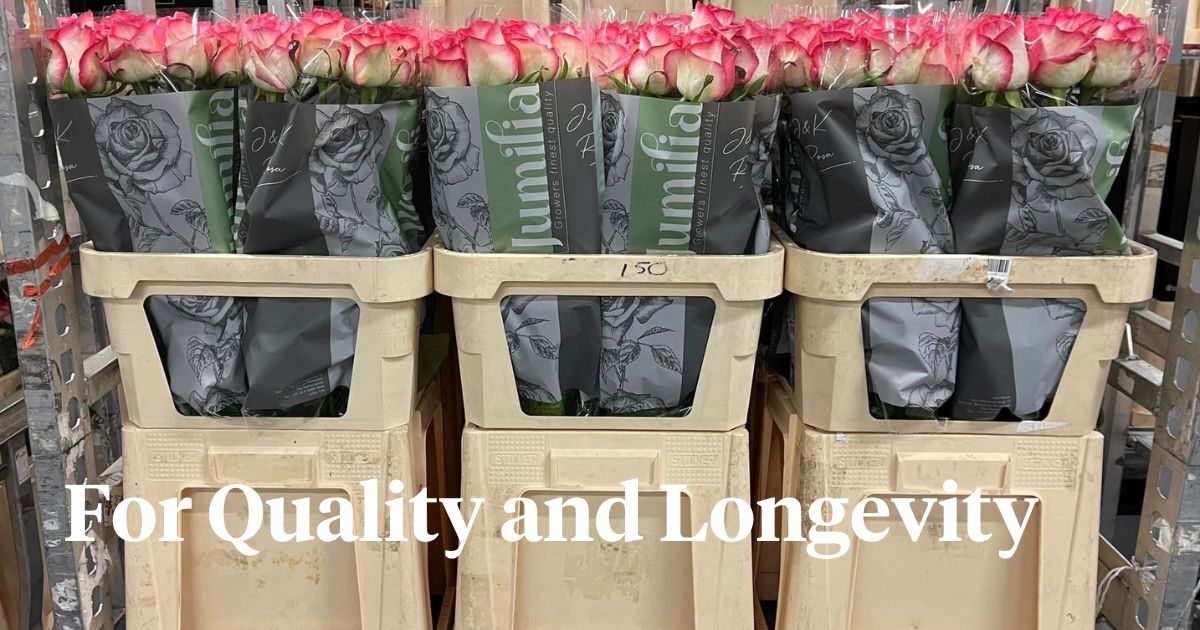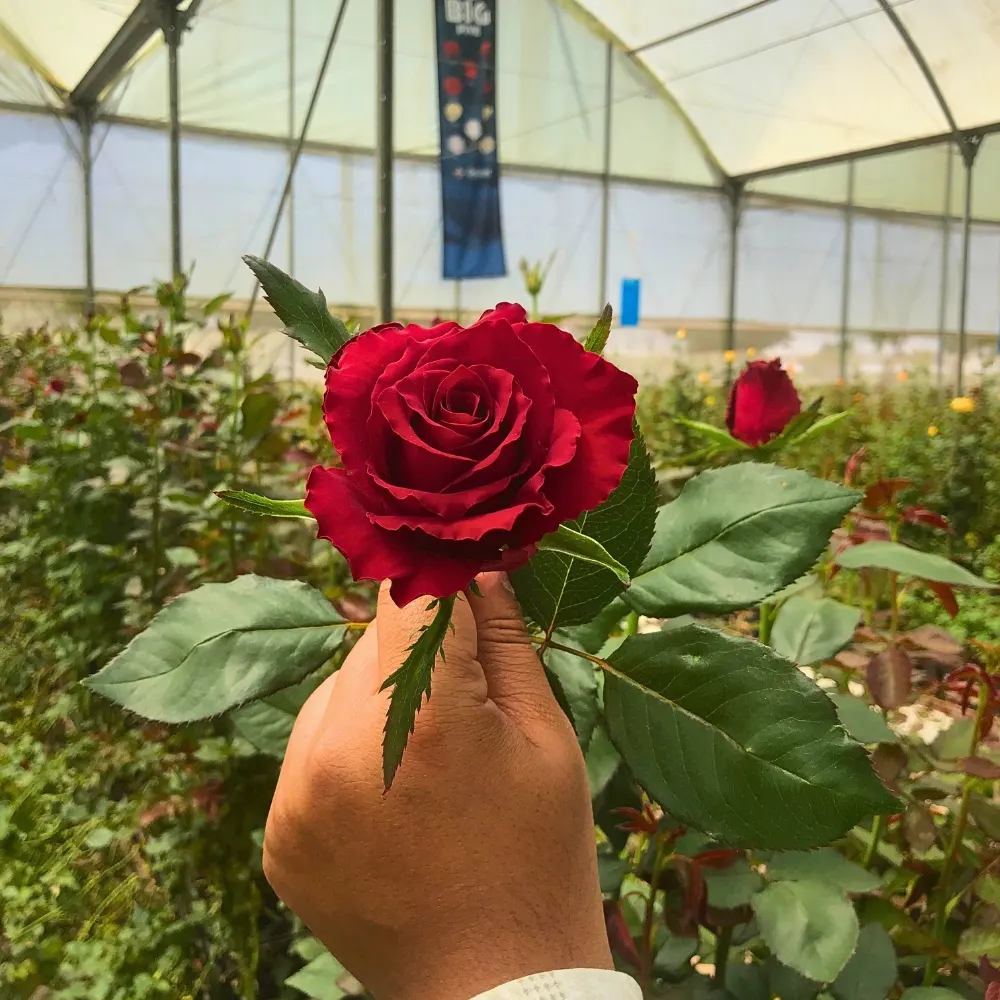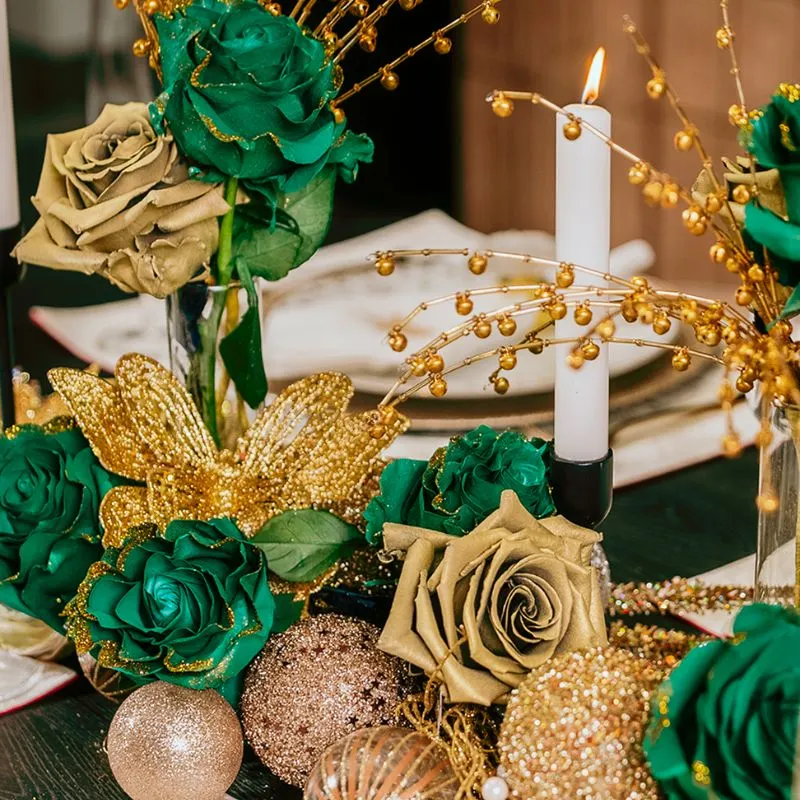In the intricate world of floriculture, the journey of a rose from the farm to the clock is a highly planned process that requires intense attention to detail. As a florist or a rose enthusiast, understanding the nuances of processing roses for sale is crucial to ensuring their longevity, quality, and overall market appeal and price. Here are the technical aspects of this rose journey, exploring each stage from the farm to the unpacking process and finally, the presentation at the auction.
Prerequisites for Effective Rose Processing
Before delving into the specifics of each stage, the following are the prerequisites needed to process roses effectively for sale. These prerequisites form the foundation of a successful operation, ensuring that the roses reach the auction in optimal condition.
1. Optimal Growing Conditions
The journey begins at the farm, where roses are cultivated. To produce high-quality roses, optimal growing conditions are necessary. This includes the right combination of soil composition, temperature, humidity, and light. Growers must also employ advanced cultivation techniques, such as hydroponics or precision irrigation, to maximize the quality and quantity of the harvest.
It is imperative to mitigate the spread of pests and diseases to enhance the growing and eventual harvesting of pest and disease-free roses, to be processed for sale.
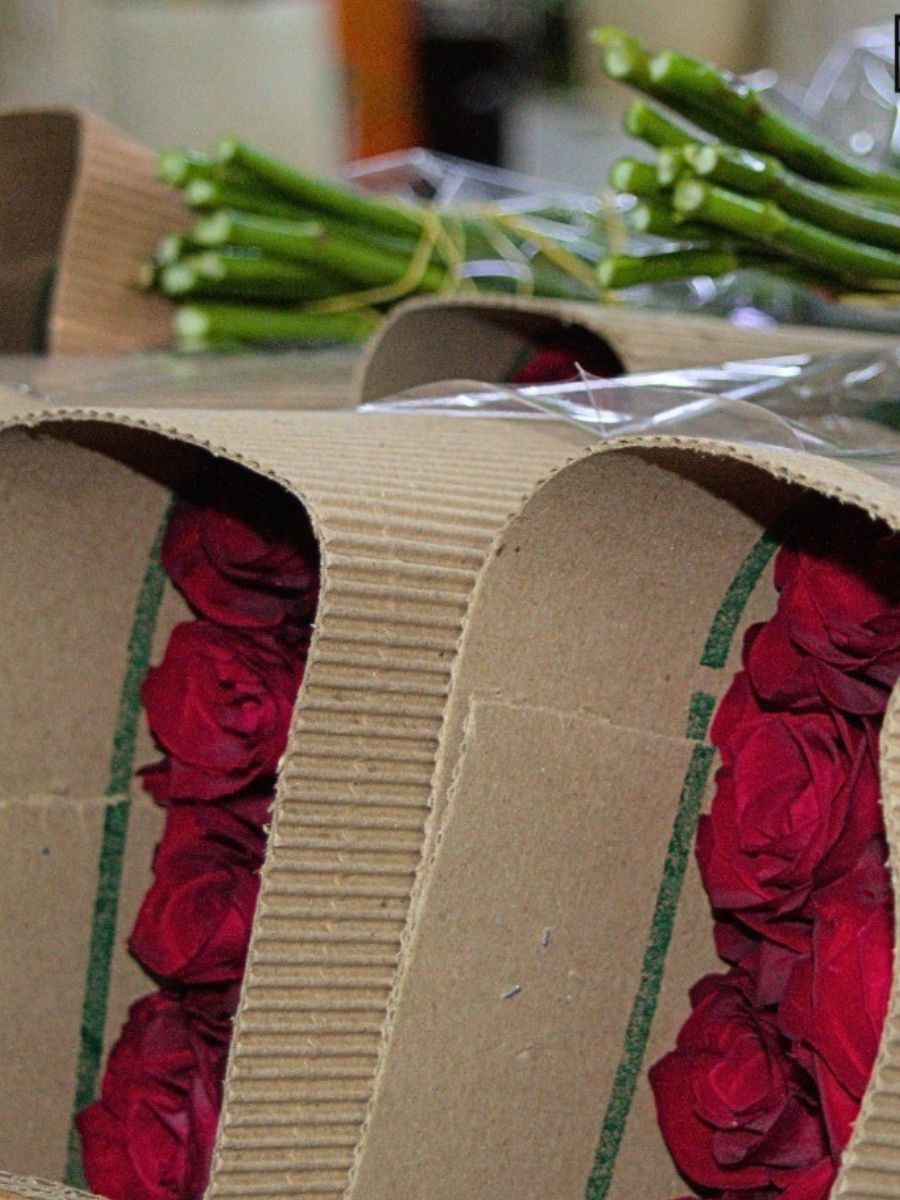
2. Harvesting Timing
The timing of the harvest is a critical stage in determining the quality of the roses. Experienced plot owners should employ precise harvesting techniques and care to reduce damage to the delicate blooms. This ensures that the flowers have the ideal size, color, and petal formation, contributing to their visual appeal and market value.
3. Post-Harvest Treatments
Once harvested, roses undergo post-harvest treatments to maintain their freshness and beauty. Immediate immersion in post-harvest solutions from the field, and subsequent transportation to the cold room awaiting grading.
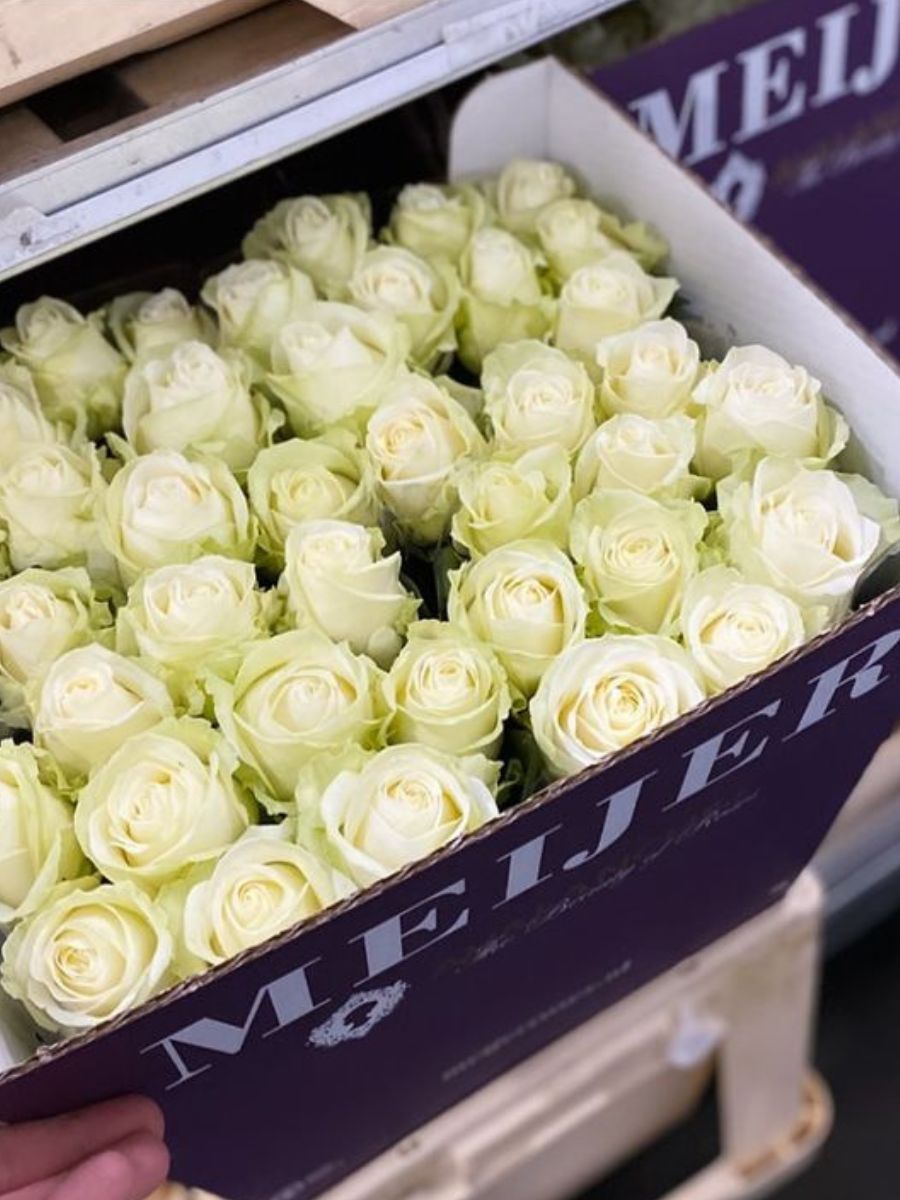
Additionally, post-harvest treatments may include the application of floral preservatives to extend vase life, like the rose dip from Chrysal.
Packing & Subsequent Shipping to the Market
Graders in the cold room area undertake a rigorous grading process to ensure that roses of the same stem length are packed together to enhance a uniform presentation and ease of packing. Some growers prefer to bunch 10 roses in a bunch, while others do 20 stems, however, spray roses are bunched in a bunch of 5 stems each to avoid petal damage.
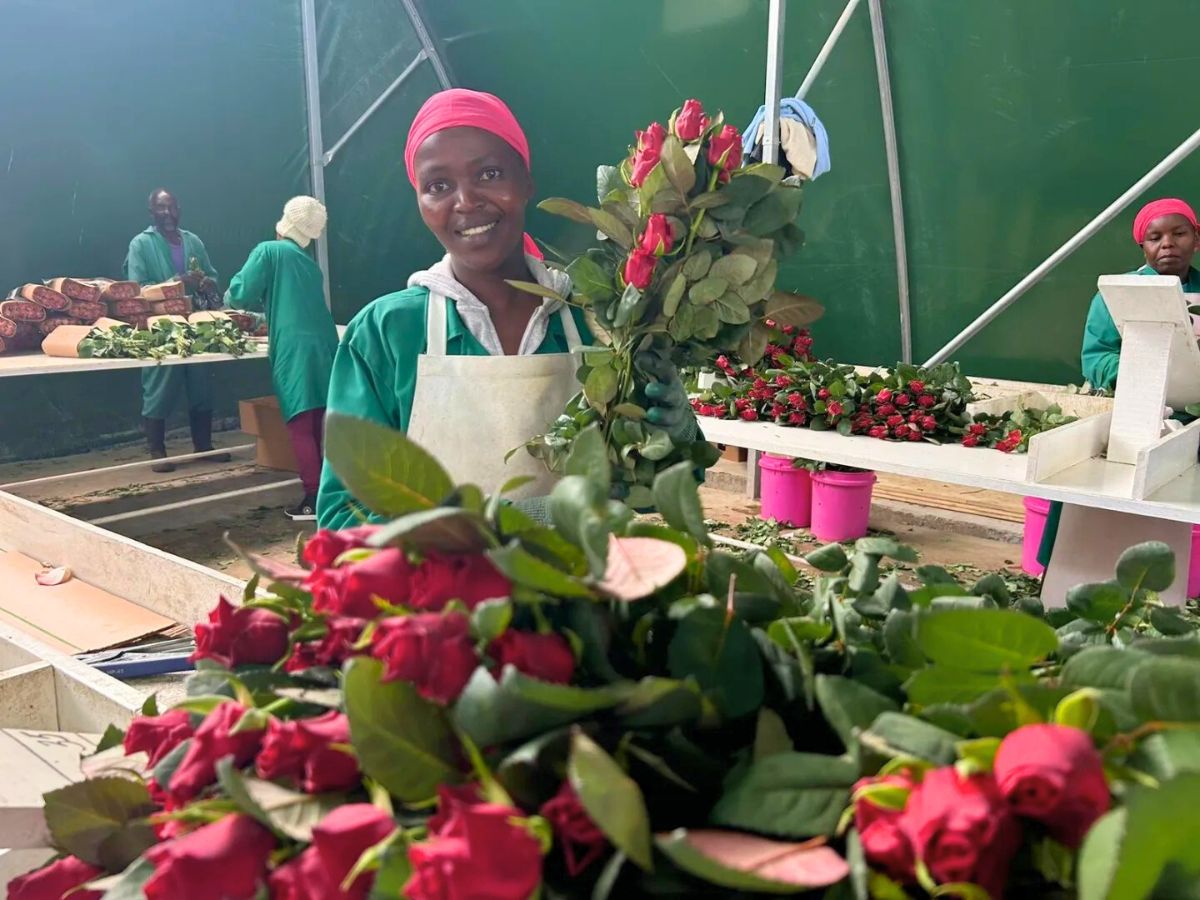
Once the roses have been bunched uniformly they are packed in boxes, branded accordingly ready for shipping to their destination. For roses to be sold at the clock, the unpacker will take them through a fresh preparation process in preparation for their unveiling at the clock.
4. Cool Chain & Quality Control
Roses are sensitive to temperature fluctuations and it is crucial to maintain these temperatures to avoid the quality deteriorating drastically. Right from the farm, roses are stored in a cold room to precool enough before shipping to the airport or port for shipping to their respective markets. Once they have precooled enough, the roses are shipped using a refrigerated truck to the airport, cargo planes are fitted with a reliable cool chain to help protect the quality of flowers until their destination.
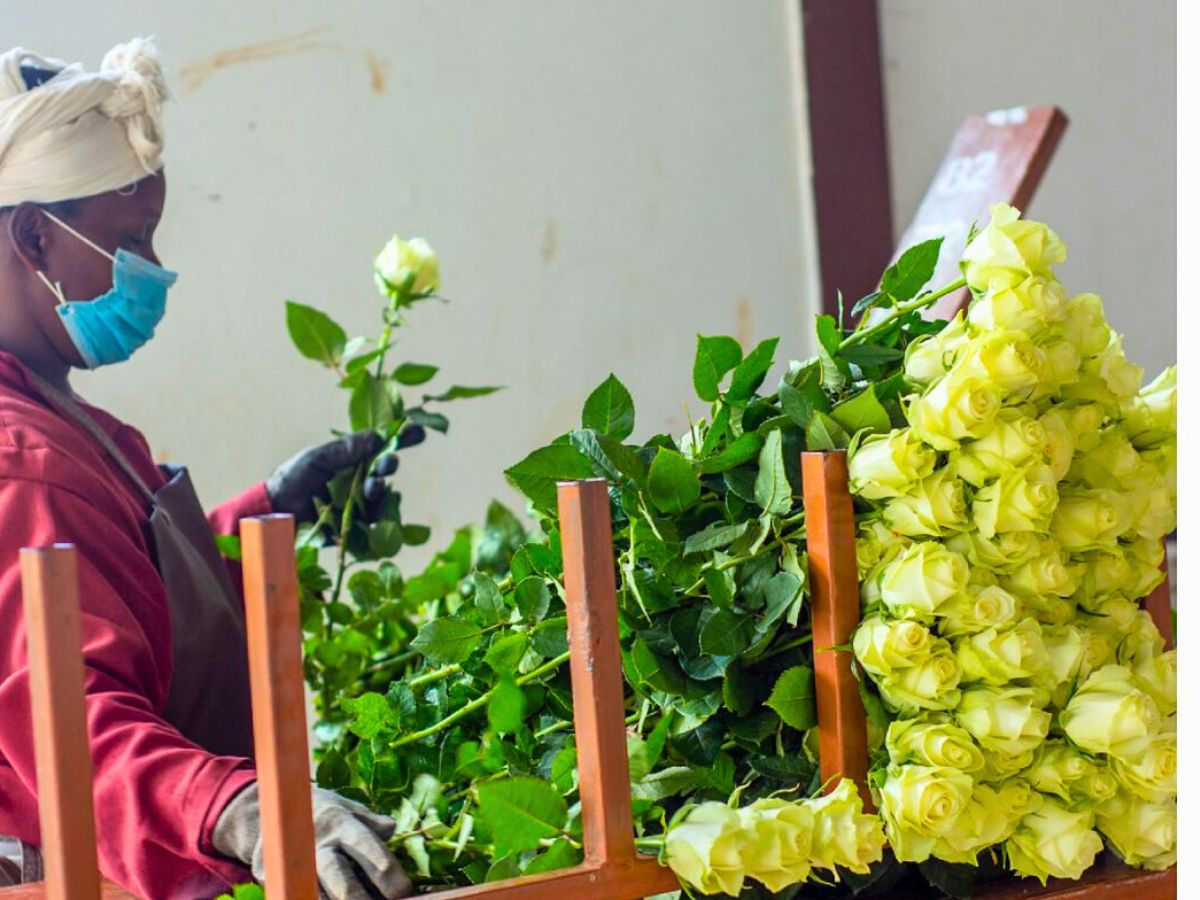
Upon arrival at the unpacking facility, roses are subjected to rigorous quality control measures. This involves inspecting each stem and assessing factors such as color consistency, petal integrity, and the absence of pests or diseases. Any substandard roses are removed from the batch to ensure that only the finest specimens move forward in the supply chain. Once the sorting has been done, the stems of these roses are slightly trimmed put into water, and transferred into the cold room, to precool in preparation for their journey to the clock or respective wholesalers, retailers,3 and florists.
Maintenance of ideal temperatures is vital when it comes to the survival and quality of the roses, any loopholes in this process jeopardize the shelf life and general appeal of the rose because they will begin to wither quickly.
5. Packaging & Presentation at the Auction
The final step in the unpacking process is the packaging of roses by the unpacker in readiness to present these roses at the clock. This includes careful bunching and sleeving of roses with the appropriate branded sleeves, labeling, and storing under optimal temperature conditions. Packaging should be designed to protect the delicate blooms during transit and display the roses attractively at the auction.
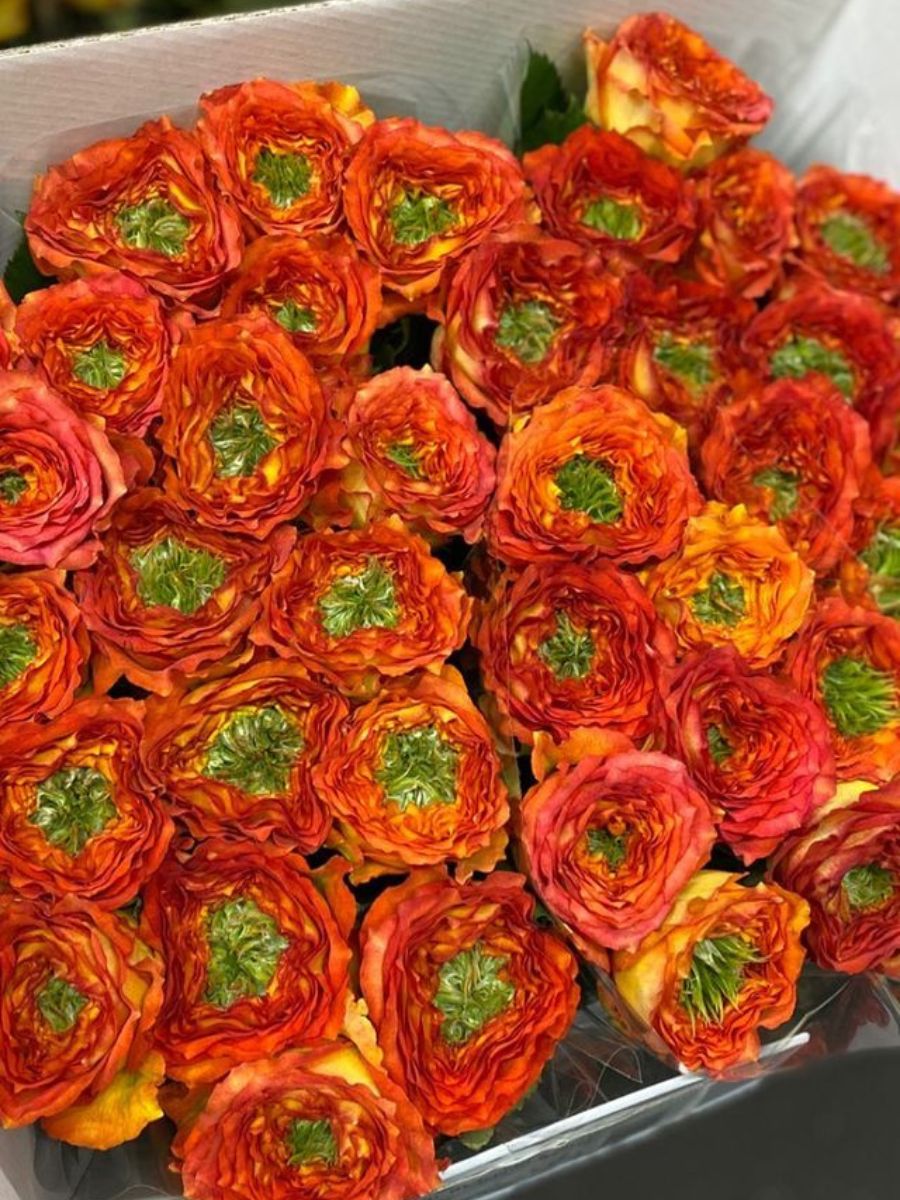
The presentation of roses at the auction is a critical factor influencing their market value. A visually appealing display can capture the attention of buyers and drive competitive bidding. The clock buyers are influenced by the growers' brand and reputation at the clock and this often influences the price of the roses presented. The presentation of the roses is done through buckets, allowing the buds of the roses to pop up in a visually appealing way.

Accurate and detailed information about each batch of roses is crucial for potential buyers. This includes information on the variety, origin, harvest date, and any special characteristics. Auction organizers often provide a platform for growers to communicate this information effectively, enabling buyers to make informed decisions.
Effective & Reliable Rose Processing Is Crucial
The journey of roses from the farm to the auction or the market is a sophisticated process that demands precision at every stage. By adhering to the prerequisites and implementing effective processing techniques, growers can ensure that their roses command attention and achieve optimal prices at auction. This technical approach to rose processing is essential for florists, buyers, and enthusiasts who seek the epitome of quality in the world of floriculture.
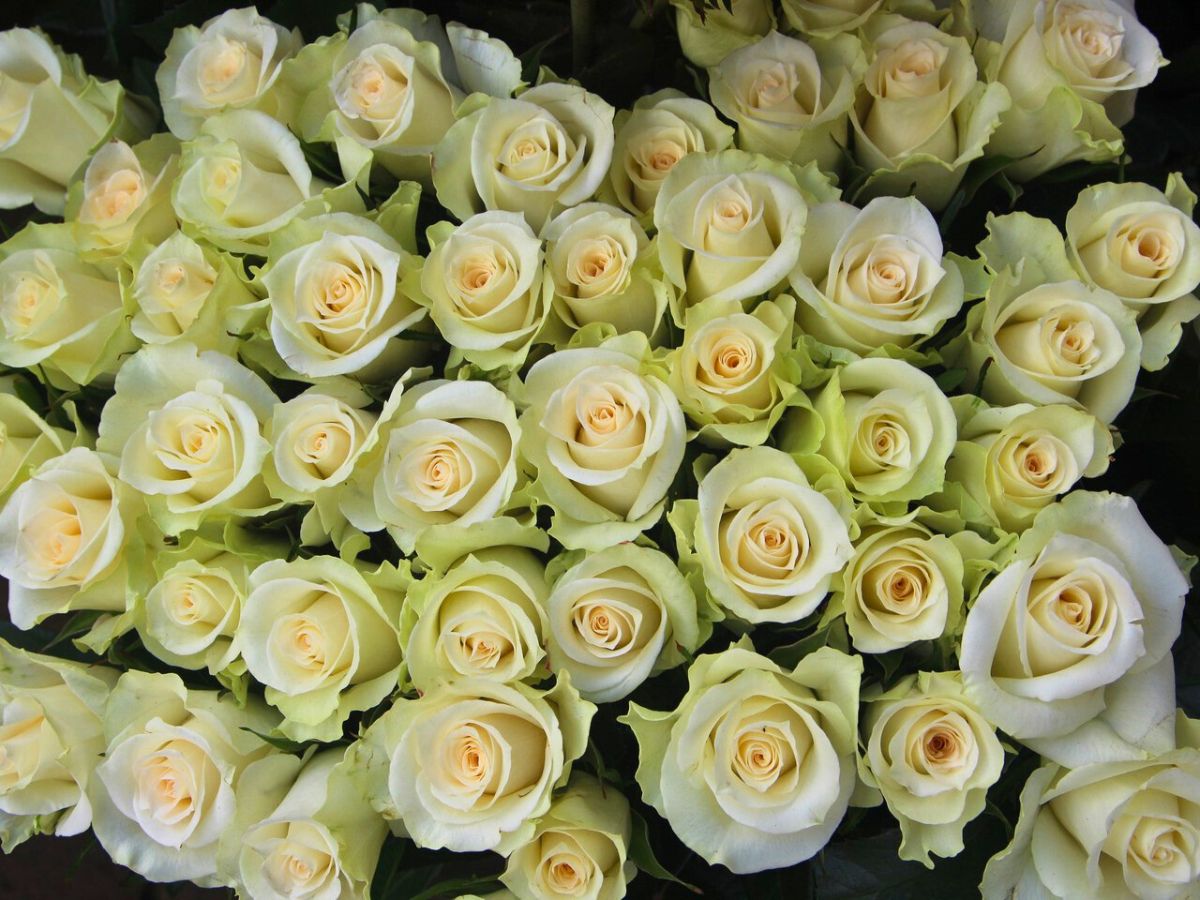
Failure to effectively process roses and prepare them for a journey to the market, the quality, and shelf life of these roses get affected. In the end, consumers are likely to have a negative experience about these roses, which will impact their future buying decisions. Effective processing of roses for sale is vital to influence the prices and build a reputation and brand for these roses.
Header Image by @Peter Van Delft, feature Image by @Flora Pura Roses.

